When we left Tafraout, the scenery changed quickly. We got out of the mountains: no more twists and turns. Instead we found ourselves on a desert highway.
The road we were on was under construction, going from two to four lanes. While at it, they‘re also straightening the route which means building massive bridges at times.
Here, we were warned of camels (dromedars) for the first of many times.
And not long after, there they were. While being relatively distant this time, we would later encounter them to carelessly walk across the road.
While being close to coast most of the time, at some stage the water was right next to us and we stopped for a while to enjoy the grandezza of the Atlantic ocean.
Shortly after that, the wind picked up quite sharply. Riding from now on meant to heavily lean into the side wind. Sand was blowing onto the street and every time a truck was coming from the opposite direction the turbulence would send our bikes 2 meters to the left.
By now, the temperatures also risen noticably. In the mountains, it had been cold at night with temperatures around 5 degrees and nice during daytime, around 18 degrees. But suddenly it was up to 30 degrees and we ditched layer after layer.
We stopped for lunch in a little town that was not much more than an intersection.
When we reached the coastal town of Tarfaya we were quite happy to arrive. Here, our bikes got their first wash of the trip.
And Thies got a haircut.
We showed Ayman a picture of ex-footballer Michael Ballack and he accepted the challenge. After extensive use of scissors, razors and some magical Spiderman Wax, everyone was happy with the result.
Tarfaya highlights apart from Thies‘ new haircut were Casamar, a fortress built in 1882 (pictured above), and a ferry that stranded in 2008. It was only in service for 5 months – after that, the connection to the Canaries was never re-established.
After Tarfaya, we crossed the demarcation line of Western Sahara, a disputed territory that Morocco sees as Moroccan; a claim recently recognized by Israel but not many other countries. While Morocco controls 80%, the remaining 20% are under control of the Frente Polisario who represent the Sahrawi people. In order to keep out guerilla fighters, Morocco built an approximately 2700 km long wall, the so called Moroccan Western Sahara Wall. It seperates the two areas.
Western Sahara is the second most sparsely populated country in the world. On the coastal road, it doesn’t really feel like that. There are huts and caravans every one or two kilometers, and huge windparks on the other side.
Even though one cannot help to wonder what people live off here and where all the energy goes with no big industry close by, it does not feel as lonely as the statistics suggest. The desertedness must start behind the windparks in the huge territory until the wall.
The next day, the heavy wind was still there. We were leaning in even further and the bikes‘ consumption - which is normally very low at 3,1 liters - increased a bit.
The road was dead straight – and there was sand to both sides. Our next stops were Boujdour and Ad Dakhla. The latter will be remembered as the only city we know where the airport takes up two thirds of the city’s space. And as an unexpected shopping paradise: Momme bought a fine blue adidas tracksuit here (which might be featured in the blog posts to come), Thies found a wallet.
Ad Dakhla’s cafe racer scene.
Only saw Kaiser Wilhelm on our way out of Ad Dahkla, would have loved to check it out.
Ad-Dakhla is under rapid development, next to the airport complete districts are built from scratch. It seems to be a kite surfing hotspot – lots of places are named Kite Paradise or something like that, and literally hundreds of white camper vans of French, Italians and Germans are parked on the peninsula.
We continued our way south. The landscape became sandier still: instead Saharan rocks, sand dunes turned up by the side of the road.
Our last stop in Morocco was Bir Gandouz where we stayed at Hotel Barbas. Here we also met 3 French biker couples that where on their way to Dakar. We had been overtaking each other 3 or four times on the road to the hotel.
In the evening, we went for a walk through town – something we call “The Stroll” since coming across the word in a Lonely Planet article – looking for some distilled water to fill up our radiators. We didn’t find it but met these gentlemen, one of which spoke very good German due to a three year stint in the Ruhr area.
The next morning we got up early – but 90 minutes after the French bikers – to make it to the Moroccan-Mauretanian border. We had read wild things about this border in travel forums, reaching from “totally chaotic” to “impossible to cross without a fixer” and were curious to find what it’s really like. We also had no choice: despite sharing a long border, there’s only one crossing between the two countries.



























